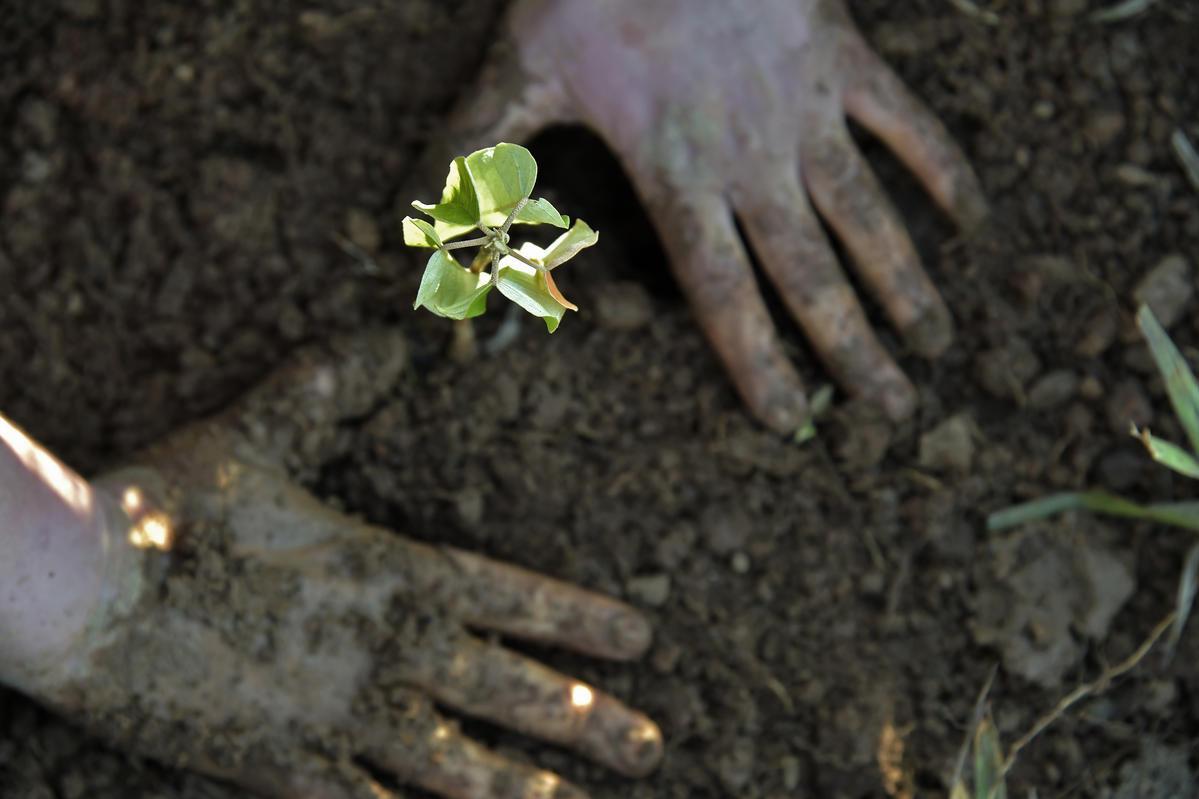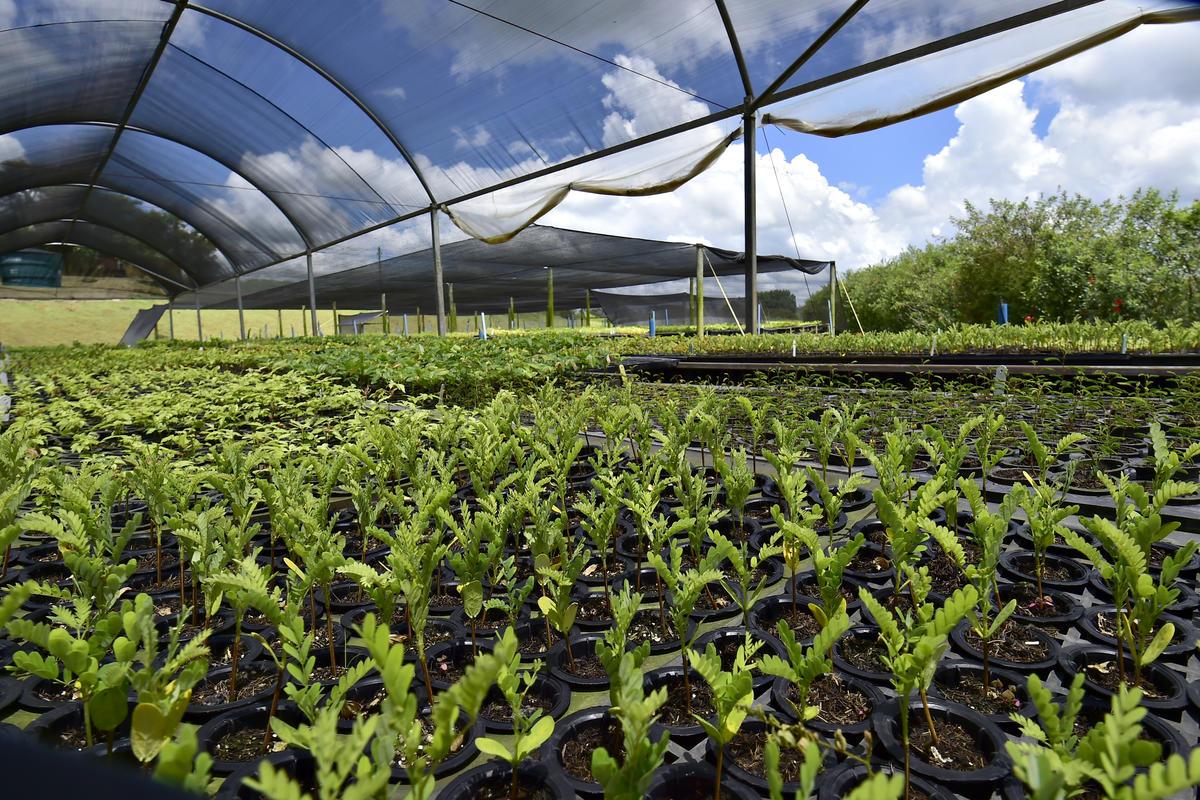HP's Expanded Partnership with WWF Aims to Grow Forest Conservation and Restoration
Words by Nithin Coca
Originally published on TriplePundit
HP Inc. has announced an expanded forest conservation and restoration partnership with World Wildlife Fund, better known as WWF, by pledging $80 million to sustainably manage, conserve and restore nearly 1 million acres of forest. “We're really excited about this collaboration and the opportunities it brings to help us accelerate critically important conservation efforts in landscapes around the world — for people, for nature and for climate,” Linda Walker, senior director of corporate engagement for forests at WWF-U.S., told TriplePundit.
The forest partnership first launched in 2019 with an $11 million project to restore part of Brazil's threatened Atlantic Forest, increase sustainable management of state-owned farms and forest plantations in China, and support critical forest science. That effort is helping restore, protect and responsibly manage a combined area of 200,000 acres.
The volume of capital in the expansion is quite stunning for a business and nonprofit partnership, and it builds on more than a decade of collaboration between the two organizations. This new expansion makes HP WWF’s largest corporate partner in the United States.
Forest restoration and conservation are key to global sustainability
Deforestation is a major global crisis. Around the world, landscapes are being lost as agribusiness expands, and too often it is global companies that are either directly or indirectly responsible through their long, complex supply chains. “Deforestation and forest degradation account for about 12 percent of greenhouse gas emissions around the world,” Walker explained.
HP’s branded paper and paper-based packaging are made from recycled material and virgin fiber primarily certified to the rigorous standards of the Forest Stewardship Council (FSC). But the company is looking to go beyond that and has set a goal to not only maintain zero deforestation for HP paper but also to counteract potential deforestation and forest degradation for all non-HP paper used in HP printers or other products and services by 2030. That goal is based on something obvious but often neglected when accounting for a company’s environmental impact.
“We know that many some of our customers use non-HP paper in their HP printers,” said Ellen Jackowski, HP’s chief impact officer and head of Sustainable Impact. “So counteracting deforestation for non-HP paper is a pretty bold and leading goal, to go beyond our own footprint and help tackle that for others as well.”
HP can’t force all paper companies around the world to follow its lead and only source FSC-certified and recycled material. So, it is taking a different approach: helping conserve and restore forests to counter the adverse impact of nonsustainable paper being used in HP printers.
“HP is one of the first companies to seriously consider consumer use and its downstream impact and to do it in a way that embraces science and the time it takes and to do it right,” Walker explained.
Ambitious yet achievable
Setting ambitious goals is one thing but achieving them is another. Over the years, we’ve seen companies, including many in the tech industry, fail to meet their deforestation reduction goals. HP aims to avoid that by setting goals with clear, actionable steps — backed through partnerships like this with WWF.
“It's not just about the impact we're trying to create within our own operations,” Jackowski said. “But it's really across our entire value chain: how we work with our suppliers, customers, channel partners and the communities that we serve to create sustainable impact.”
WWF and HP will use a science-based approach to effectively estimate the impact of non-HP paper used in HP printers to determine how may acres of forest to target for on-the-ground action. In addition, they will collaborate with community partners to ensure the forest protection, restoration and responsible management projects have a positive environmental and social impact. These efforts will build on WWF’s work with HP in Brazil and China, where community engagement has been key.
“We’re working directly with the local community to make sure there is a community benefit as we're structuring this work and to make sure we're thinking about the biodiversity impacts — not just planting a tree and walking away,” Jackowski told us.
The goal is to make HP “the world's most sustainable and just technology company,” she said, and the company is fully aware that this will be an ever-shifting target. “It's a comparative statement, and when we take bold action, our competitors will certainly be aware of it and may raise the bar,” Jackowski explained. “That is healthy competition that ultimately benefits people, communities and the planet.”
For WWF, this partnership is a model: HP is a major player, but it alone can’t prevent global deforestation. Its example, however, can show other companies in the tech industry and elsewhere how to take action. For instance, WWF is also joining HP’s Sustainable Forest Collaborative, a cross-industry collaboration to demonstrate scientific and commercially viable approaches to keep working forest ecosystems healthy.
“This is an opportunity, and we want more companies to look at ways they can take action for forests that can contribute to both their climate goals and nature-based solutions for climate, for forests, for biodiversity and for people,” Walker said. In fact, it’s already happening, as HP, International Paper, Kimberly-Clark, Lowe’s and Williams-Sonoma are among the companies WWF is working with to reduce their forest footprints through its new corporate engagement program, Forests Forward, which was launched earlier this year.
Reducing emissions from deforestation is important to achieving global climate goals. But effective, science-driven protection, restoration and forest management can do much more as the world’s forests have incredible potential.
“Action for forests around responsible sourcing, restoration and improved management can account for 30 percent of the solution to the global climate crisis and help us keep global temperature rise below 1.5 degrees Celsius,” Walker told us. For now, the goal is net-zero, but going net-positive is possible — and that is the potential of a company truly committed to sustainable impact.
This article series is sponsored by HP and produced by the TriplePundit editorial team.
Images courtesy of WWF




